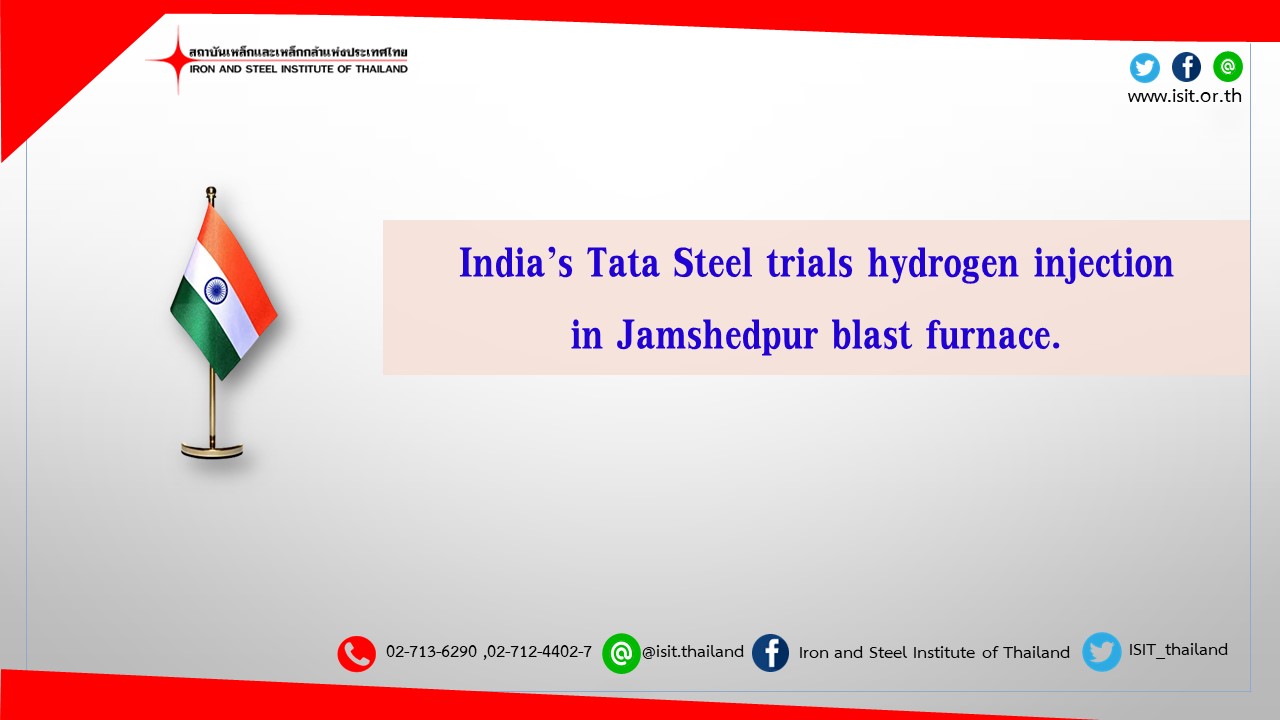
India’s Tata Steel has started trial injections of hydrogen in a blast furnace in Jamshedpur in a first attempt to manufacture low carbon steel.
Tata Steel, which has capacity to produce 35 million mt/year crude steel and a target of net zero by 2045, started the trial, which will last up to five days, on April 23, it said.
“The successful completion of this trial will demonstrate Tata Steel’s capability to design, fabricate and commission the injection system, develop and establish necessary general and process safety protocols, and provide process control insight for pure hydrogen injection into the blast furnace,” the company said.
The trial had the potential to reduce the furnace’s coke rate by 10%, translating into around a 7%-10% reduction in CO2 emissions per ton of crude steel, it said.
In September 2021, the UK’s Carbon Clean installed a demonstration carbon capture plant on a blast furnace at Tata Steel’s Jamshedpur plant.
The unit is designed to capture 5 mt/day CO2 from the blast furnace’s flue gas, with the CO2 to be made available for onsite reuse in a variety of applications.
India is the world’s third largest CO2 emitter with its growing economy promising to increase the emissions even more in the decades ahead.
After releasing its National Hydrogen Mission in January, Indian government spoke about setting mandatory renewable hydrogen consumption targets for the different sectors in order to create demand for the environment-friendly fuel.
As well, in its carbon policy that is still in the works, Indian government has spoken about emissions reduction targets for the different industries that taper down in the run up to net zero at 2070.
In a reference scenario, S&P Global Commodity Insights’ Global Integrated Energy Model forecasts India’s carbon emissions from industrial sector to rise from 2.48 billion mt/year in 2023 to 3.38 billion mt/year in 2045.
Platts, part of S&P Global, assessed Qatar hydrogen produced via PEM electrolysis (including capex) at $3.51/kg on April 24, down 1% month on month. It assessed Northwest Europe carbon neutral hydrogen (ex-works) at $3.8/kg, down 3.3% from a month ago.
---- S&P Global Commodity Insights.